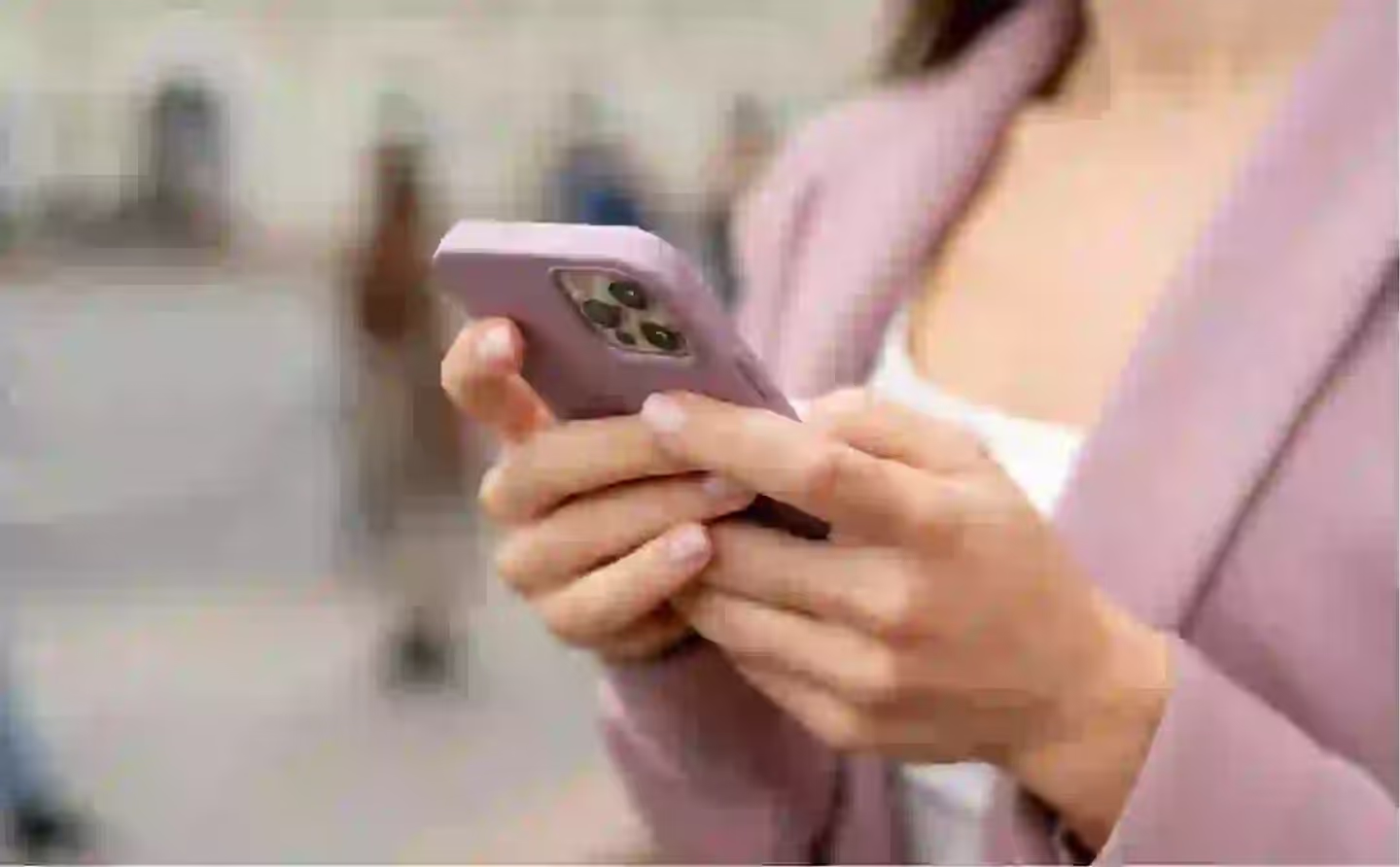Top Smartphone Deals You Can't Miss
My phone died last Tuesday. Not the dramatic, sparks-flying kind of death, but that slow, painful decline where the battery lasts about three hours and the screen has more cracks than a sidewalk in Chicago winter. Sound familiar?
Here's the thing nobody tells you about phone shopping: the sticker prices are basically fiction. I've been tracking smartphone deals for years now, and I can tell you that paying full retail is like paying hotel rack rates—only tourists and people in emergencies do it.
So let's talk about how to actually get a decent phone without selling a kidney.
Why I Actually Care About This Stuff

Three years ago, I was that person who walked into a carrier store and just accepted whatever they told me. "Oh, you need the latest iPhone? That'll be $1,200 plus taxes." I handed over my credit card like a chump.
Never again.
The money thing is obvious—saving $300-500 on a phone means I can actually take that weekend trip I've been talking about for months. But there's more to it than that. When flagship phones go on sale, suddenly features that seemed impossibly expensive become reasonable. That camera that makes your Instagram posts look professional? That processor that doesn't lag when you're running twelve apps? That battery that actually lasts all day? Sale prices make these accessible to normal humans.
Plus, and this might sound weird, but buying last year's flagship or a refurbished phone feels good. My perfectly functional iPhone 13 works exactly like it did when it was $999. The fact that I paid $450 for it doesn't make it perform any worse. Meanwhile, I'm not contributing to the endless cycle of people throwing away perfectly good phones just because something slightly shinier came out.
When Everything Goes on Sale (And When It Doesn't)
I've learned that phone deals follow patterns. Miss these windows, and you're stuck paying whatever they want to charge you.
The Holiday Madness. December is when retailers lose their minds with discounts. I'm talking about real deals—not those "save $10" fake sales you see in March. Black Friday through New Year's is when stores basically have a competition to see who can offer the most ridiculous bundles. Last year, I watched Best Buy throw in a $200 gift card with Galaxy phones. Amazon was bundling phones with tablets. Verizon was offering smartwatches for free with phone purchases. It's like they're trying to give stuff away.
The week after Christmas is especially brutal—in a good way. Stores are desperate to clear inventory, and return policies are still generous. I've seen flagship phones marked down 30-40% during this period.
Summer's Secret Sales. Memorial Day and Labor Day catch people off guard. Everyone's thinking about beach trips and barbecues, but retailers are quietly moving major inventory. These sales often focus on travel-friendly stuff—phones with car chargers, rugged cases, portable battery packs.
I scored my current phone during Memorial Day weekend. The trade-in value was higher than usual, and they threw in a wireless charging pad. Sometimes the best deals hide in plain sight.
Random Holiday Goldmines. Fourth of July and Presidents Day sound like weird times for phone deals, but retailers have turned them into legitimate sales events. Presidents Day is particularly good for premium phones that rarely see discounts. If you've been waiting for that flagship price drop, this is often when it happens.
The Different Types of Deals (And Which Ones Are Actually Good). Not all smartphone deals are worth your time. Here's how to tell the difference:
Android's Embarrassment of Riches
Android deals are everywhere because there are just so many options. Google's Pixel phones, Samsung's Galaxy lineup, OnePlus flagships, budget Motorola devices—something for everyone.
The variety is what makes Android deals great. You can find bleeding-edge flagships with features that embarrass iPhones, solid mid-range phones that handle everything normal people need, or basic devices perfect for kids or anyone who just wants reliability without complications.
The Contract Trap (Sometimes)
Those "get the newest iPhone for $0 down" deals? They're real, but you're paying for the phone through higher monthly bills over two years. Sometimes this works out great, especially for expensive flagships. Other times, you'd save money buying unlocked and using a cheaper carrier.
I always do the math. Take the total contract cost (phone payments plus service) and compare it to buying unlocked with a budget carrier. The answer varies, but at least you'll know what you're actually paying.
Clearance Gold. When new models launch, retailers need to dump older inventory fast. This creates opportunities to buy phones that were $800 six months ago for $400 or less. The catch? You won't get the absolute latest features. But honestly, a flagship phone from a year ago is still overkill for most daily use. My friend's iPhone 12 still runs circles around what most people need.
How to Actually Find the Good Stuff
Random browsing won't cut it. Here's what actually works:
Know Your Real Budget. Before you start shopping, figure out what you can actually afford without stress. Include extras like cases and screen protectors. Having a clear number prevents those "just $50 more" upgrades that add up fast.
Compare Everything. Don't just look at the sticker price. Factor in shipping, taxes, return policies, warranty coverage. A phone that's $50 cheaper but comes with a terrible return policy might not be worth it.
Get Inside Information. Sign up for email alerts from 3-4 reliable retailers. Don't go crazy—you don't need notifications from every electronics store in existence. Pick the ones that actually carry what you want.
Join deal communities on Reddit or Discord. These people make finding deals their hobby, and they're surprisingly generous with sharing information.
Shop Online Smart. Online retailers often have exclusive deals not available in stores. Flash sales, limited-time offers, web-only bundles can offer serious savings. Plus, you can easily compare prices without driving around town.
Customer reviews are invaluable online. They'll tell you about real-world performance and problems that aren't obvious from product descriptions.
The Deals Actually Worth Your Time in 2025
Flagship Phones That Don't Cost a Fortune
Samsung Galaxy S24 (Unlocked): Originally $999, now regularly under $700. The Snapdragon 8 Gen 3 and that gorgeous AMOLED display make this feel like a premium phone at a reasonable price.
iPhone 14 (Refurbished or Unlocked): Starting around $599 or less. Still runs iOS 17 perfectly and has that camera system Apple is known for. For most people, this is all the iPhone they need.
Google Pixel 7a: Frequently on sale for around $399. The camera punches way above its weight class, and you get that clean Android experience with guaranteed updates.
Bundles That Actually Add Value
OnePlus 12 packages: Often bundled with free Buds 3 or fast chargers on OnePlus.com and Amazon. OnePlus phones offer flagship performance without the premium brand tax.
Motorola Edge+ (2024): Regularly bundled with fast chargers and cases for under $600. Solid performance without paying for the name.
Samsung Galaxy A55: Mid-range device that often comes with Galaxy Buds FE when purchased through Samsung or Best Buy. Perfect for people who want Samsung's ecosystem without flagship pricing.
Combo Deals for Tech Enthusiasts
Apple iPhone 15 + Apple Watch SE: Carriers like AT&T and Verizon offer these bundles with trade-in promotions and gift cards. The integration between iPhone and Apple Watch is seamless.
Samsung Galaxy S24 + Galaxy Watch 6: Samsung and Best Buy regularly offer these with $200+ in combined savings. Great for Android users who want the full Samsung experience.
Google Pixel 8 + Pixel Watch 2: Google Store promotions include Fitbit Premium trials and accessory kits. Perfect for Google services users.
Clearance Gems
iPhone 13 / 13 Mini: Still excellent phones in 2025, especially for casual users. Often available refurbished for under $400.
Samsung Galaxy S22: Strong specs and camera performance, now available for under $350 at various retailers.
Moto G Power 5G (2023): Budget-friendly option with great battery life and 5G connectivity. Regularly priced at $149-$199 on Walmart and Amazon.
The Mistakes I Made So You Don't Have To
Before I figured all this out, I made every rookie mistake in the book. I once bought a phone on impulse because the salesperson convinced me I "needed" the latest model with features I'd never use. I paid full price for a Galaxy S21 when the S22 was literally launching the next month—talk about terrible timing. I also fell for one of those "limited time" online deals that turned out to be available for weeks, but I panicked and bought immediately instead of doing my research. The worst part? I didn't even check if my carrier offered the same phone cheaper with a trade-in deal. Spoiler alert: they did.
Here's what I learned from those expensive lessons. First, never buy a phone without checking at least three different retailers and your carrier. Prices can vary by hundreds of dollars for the exact same device. Second, timing matters more than you think—if a new model just launched, the previous generation is about to get much cheaper. Third, don't get seduced by features you'll never use. That ultra-zoom camera lens might seem cool, but if you're not a photographer, you're paying for something that'll collect digital dust. Fourth, always factor in the total cost of ownership, not just the upfront price. A "free" phone with an expensive plan might cost you more over two years than buying unlocked and using a budget carrier. And finally, read the fine print on trade-in deals—they often require your old phone to be in near-perfect condition, which can be a nasty surprise if you're counting on that credit.
Making This All Work in Real Life

The smartphone market changes constantly, but the fundamentals stay the same. Stay informed, be patient, and don't let FOMO push you into buying something you can't afford or don't really need.
The "perfect" deal is the one that gets you a phone you'll actually use and enjoy without breaking your budget. Whether that's a flagship on sale, a solid mid-range device, or a previous generation model that still does everything you need, there's a deal out there.
The key is being prepared when opportunity strikes. Keep your research current, know what you want, and be ready to move when the right deal appears. With patience and strategy, you'll find that getting a great smartphone doesn't have to cost a fortune.
My cracked phone from last Tuesday? I replaced it with a refurbished iPhone 13 for $420. It works perfectly, looks great, and I didn't have to eat ramen for a month to afford it. That's what I call a win.
